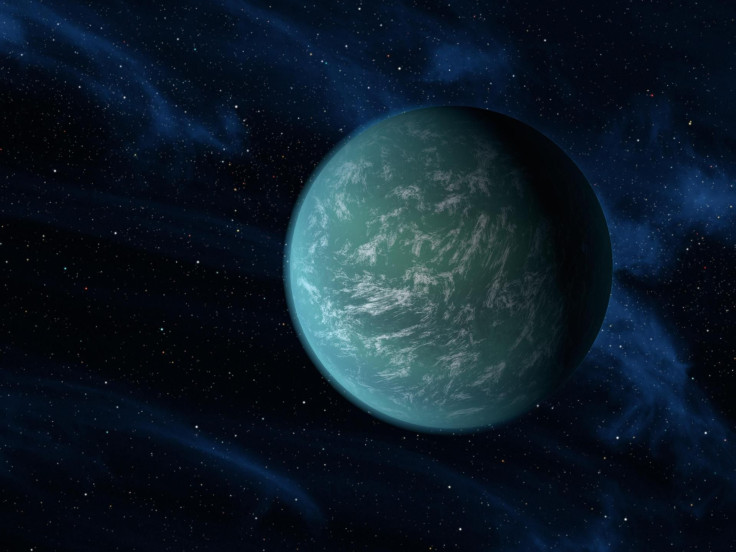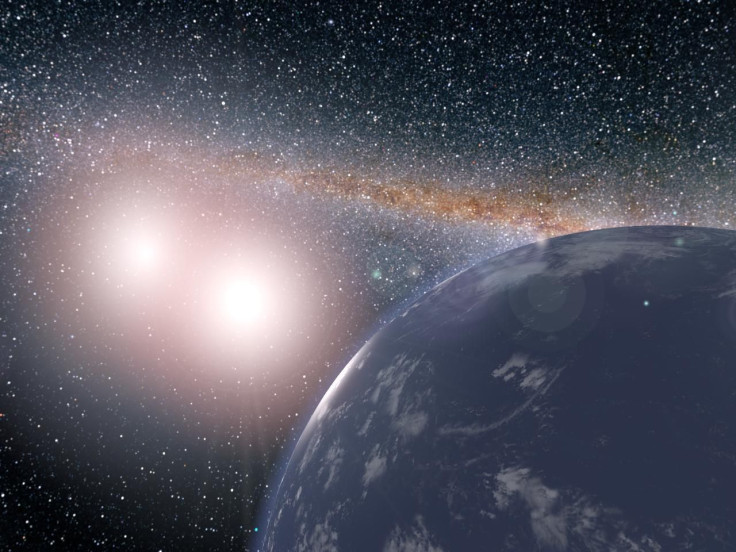Alien Life May Swim On Earth-Like Planets: Oceans Cover Habitable Exoplanets

Don’t bet on humans finding aliens just walking around on another Earth-like planet — they'll more likely be swimming. That’s the assertion of one scientist, who predicts most of the exoplanets we find in habitable zones around their stars are almost entirely covered in water.
Earth itself is about 70 percent water on its surface, but the alien planets are likely “dominated by oceans spanning over 90 percent of their surface area,” a study in the journal Monthly Notices of the Royal Astronomical Society speculated. Author Fergus Simpson of the University of Barcelona’s Institute of Cosmos Sciences writes that such extensive water coverage would explain why some exoplanets that astronomers have discovered have not been as dense as expected.
Read: 5 Moons We Should Explore for Aliens
As experts search for planets that may harbor extraterrestrial life, they are usually looking for planets that are within a certain distance of their host star, called the habitable zone. In that orbit range, the planets are at the right temperature and radiation levels to support life as we understand it — for example, not so close that the planet’s water boils into gas and not so far that it freezes into a rock of ice. Land coverage on the surface doesn’t exactly factor into that particular equation.

A report from the Royal Astronomical Society explains that if a planet were to have substantial land and water coverage, “a delicate balance must be struck between the volume of water it retains over time, and how much space it has to store it in its oceanic basins.”
That’s not to say there isn’t any rock on a water-covered planet at all, but perhaps that the ocean is so deep that a submerged landmass cannot poke through to the surface.
We still do not understand why Earth is so well-balanced. “Earth itself is very close to being a so-called ‘waterworld’ — a world where all land is immersed under a single ocean,” the society says.
This idea of water-covered planets might be applicable to an Earth-like exoplanet that was recently discovered. Scientists just announced they found LHS 1140b, a planet believed to consist of both rock and liquid water and orbiting a star that’s only 40 light years from Earth.
But we are not counting out other types of worlds — at the same time NASA prepares to search for signs of alien life on Mars, it is also creating a fleet of robots that could dig for clues on ice-covered moons in our solar system, such as Enceladus and Europa. The robots include tools like buzzsaws and catapults.
See also:
© Copyright IBTimes 2024. All rights reserved.





















